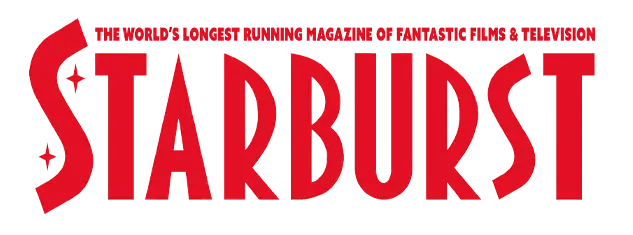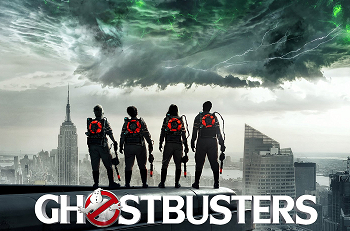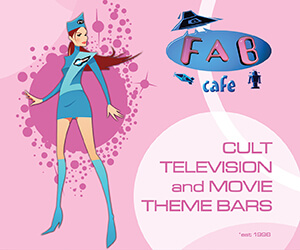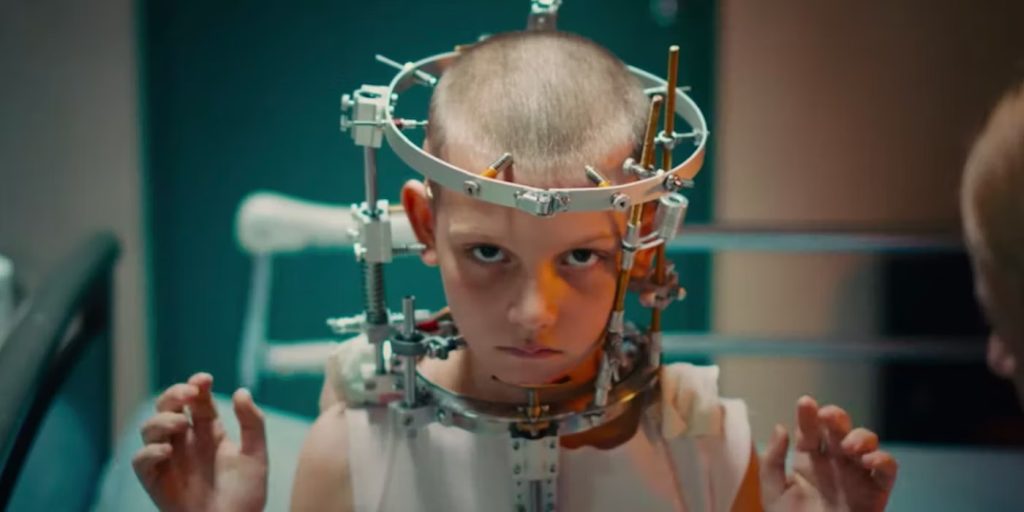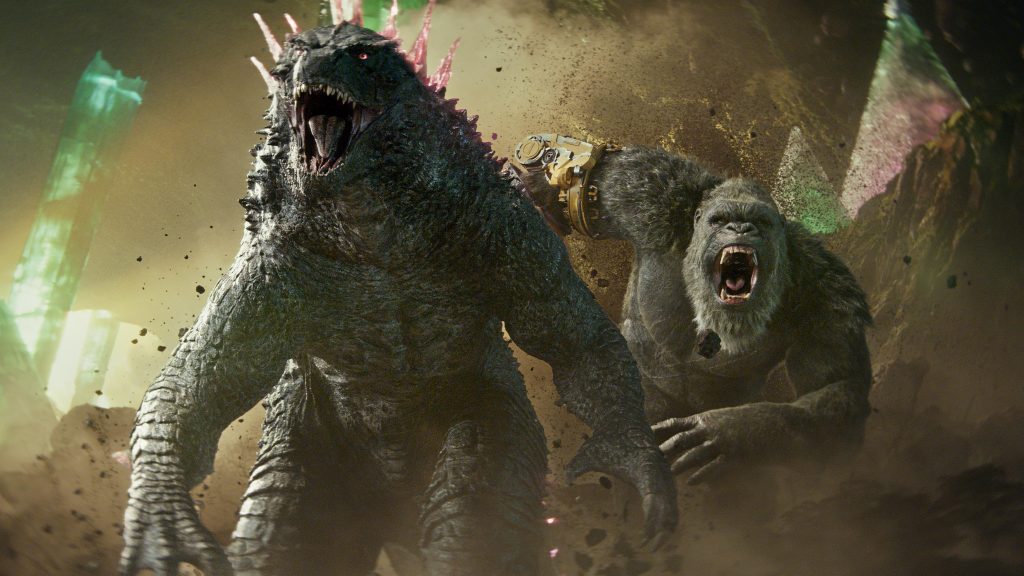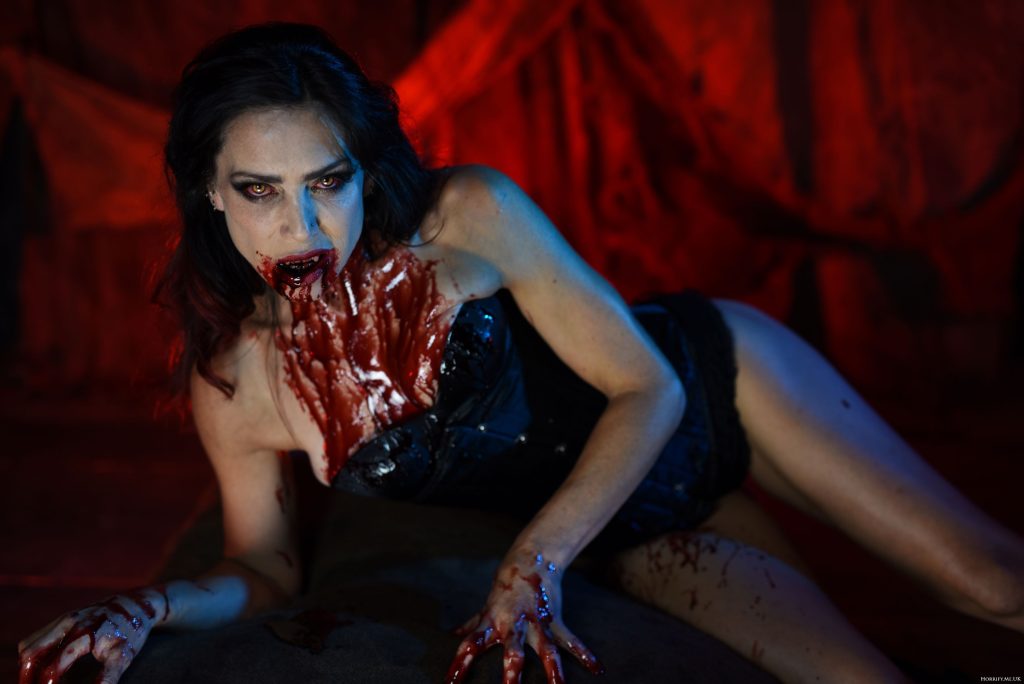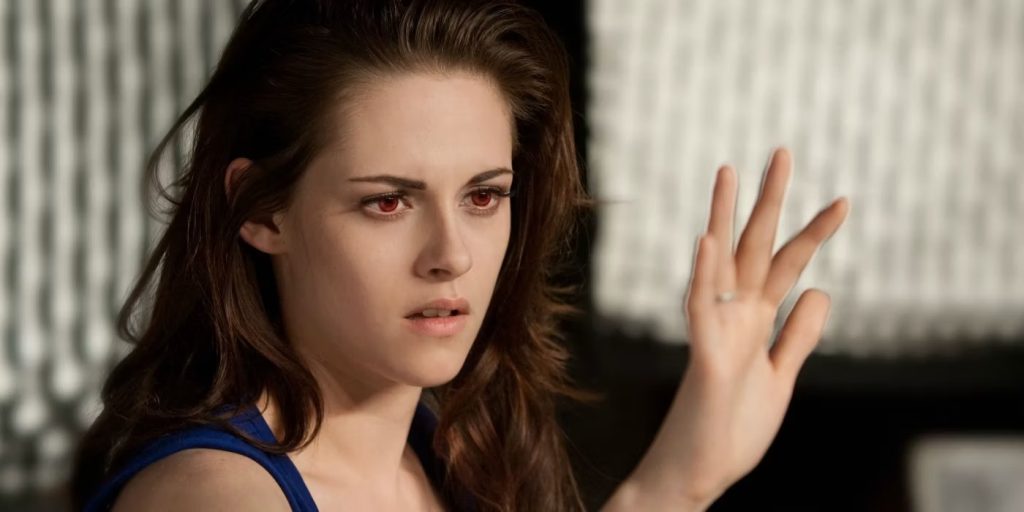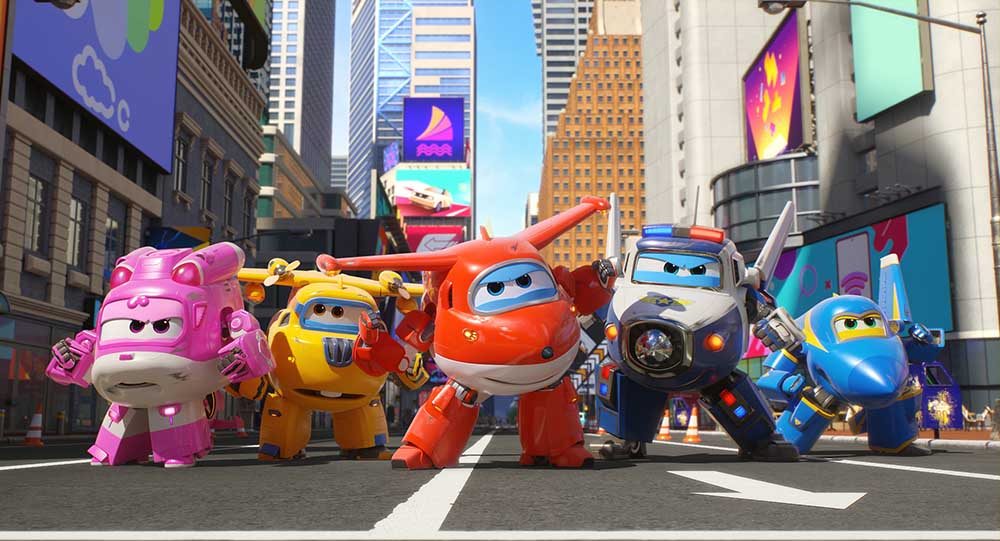
Strangely, having just gotten out of an opening weekend screening of Paul Feig’s Ghostbusters reboot, we didn’t really recall much of Theodore Shapiro’s score while in the grips of watching the very funny movie. However, when we got back home and listened to the score on its own, we were instantly transported back into the film. That, right there, is the very definition of a successful film score: in the moment, you’re completely involved in the film, but when you hear the isolated music, you’re dropped right back into it.
Given the fact that Ghostbusters is essentially an action comedy with elements of horror, rather than a horror comedy, the score is rather more bombastic than scary. However, Shapiro nicely uses horror movie audio iconography when necessary, with Mannequins being the highlight, emphasizing as it does the scene’s obvious visual giallo influences with screeching strings and a dissonant flute.
There’s some great use of creepy vocal choruses and grandiose strings for the pieces which score the various appearances of Rowan, the film’s villain. The Universe Shall Bend, I Will Lead Them All, and The Fourth Cataclysm are all obviously tied to Rowan, but even the scenes where his machinations are at work, there’s nods to him, with the choral motif making at least an appearance, as in something like The Garrett Attack, which actually presages Rowan’s first on-screen appearance. It’s a nice touch.
The best aspect of the score for many listeners will be the way Shapiro interpolates the main Ghostbusters theme into several tracks. It pops up rather early on, with Distinct Human Form, and appears again later on, frequently to boost scenes wherein the identity of the four Ghostbusters has once again been defined. It’s sort of an auditory means of emphasizing their accomplishments, and works remarkably well, likely due to the fact that Shapiro uses it sparingly, allowing its effectiveness to remain undiluted.
The downside to the score is that Shapiro really utilizes nothing but standard tropes, and the score – while effective in reminding one of Ghostbusters the movie – really just hits a standard series of beats, never really getting past rote action music. The “scarier” aspects of the score see him using more than strings + brass + chorus, such as the use of the waterphone on opening track, The Aldridge Mansion, as well as a pipe organ on The Universe Will End.
Past such momentary touches as those, Shapiro’s Ghosbusters score is, effectively, a demonstration that the composer has really had to walk in two worlds with so many of his scores that he’s yet to really demonstrate the ability to effectively work in one genre. To name but a few, looking at the action comedy of Tropic Thunder or the spy comedy of Spy or horror comedy of Jennifer’s Body, one wonders exactly what would happen if Shapiro didn’t feel the need to pull his punches and just deliver a straight score in one sonic field. Spy came close and led us to high hopes for Ghostbusters, but ultimately, it only makes us feel good, rather than great.
GHOSTBUSTERS (2016) / COMPOSER: THEODORE SHAPIRO / LABEL: SONY CLASSICAL / RELEASE DATE: OUT NOW
